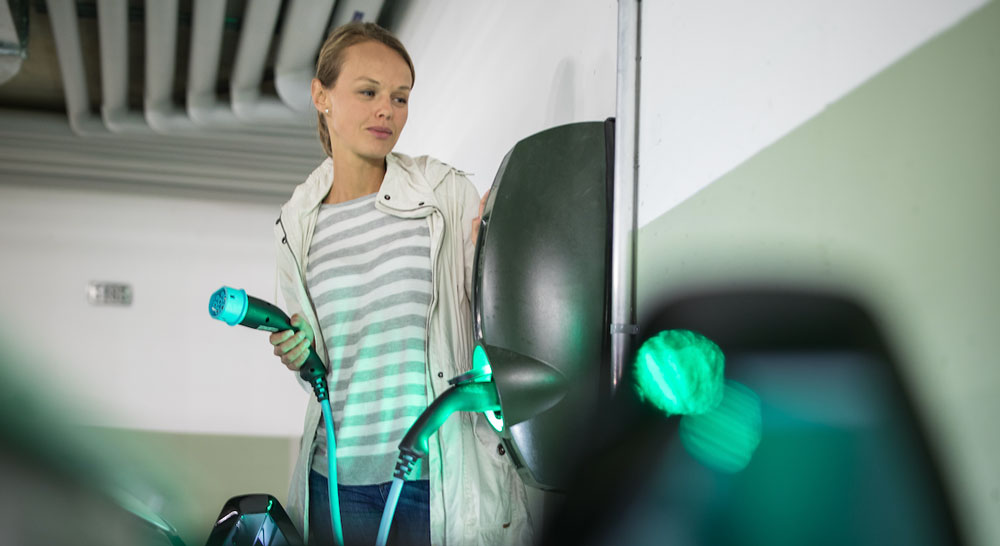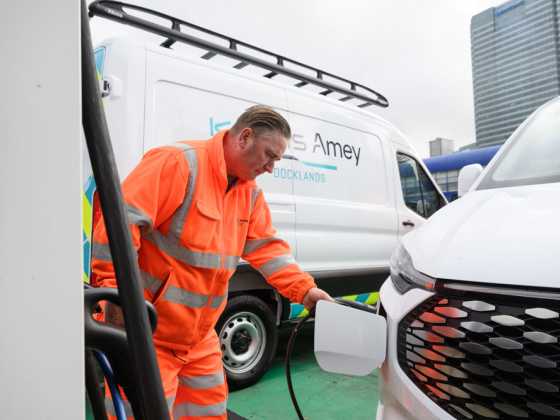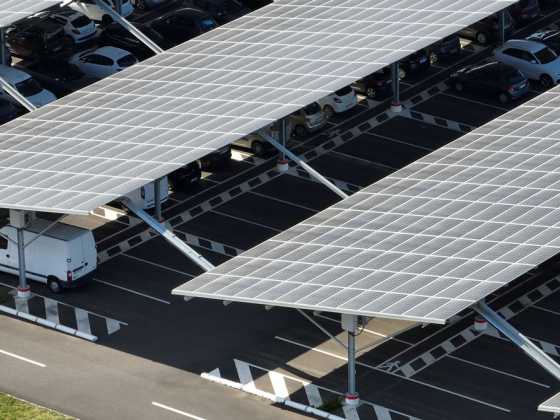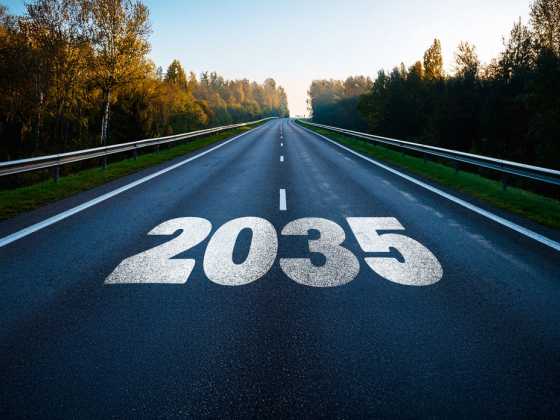Nudging drivers into electric vehicles

Clean Air Zones are a practical way to shift people into electric vehicles – not just because it is good for the environment, but also because it improves the quality of life in local communities, writes James Court, CEO of EVA England
The uptake of EVs is heading into the next phase of its evolution; growing from the ‘innovators’ (thanks Sir Clive Sinclair), past the ‘early adopters’ such as the first Nissan Leaf, and now into the ‘early majority’ stage.
This is a hugely exciting time, with the past few years seeing an incredible pace of change, with all major marques now having EV offerings across most models. This coupled with a growth in reliable charging infrastructure has made the experience of early adopters much smoother than in other technological breakthroughs. Yet there remain barriers. Contrary to some accepted wisdom, chargers are not the biggest blocker to further uptake. Ironically, the biggest current challenge is supply, rather than demand.
Simply put, there aren’t enough EVs to satisfy the consumer demand, so it seems counterintuitive to still be advocating for policies to encourage people to make the change.
Yet we need to look past the current semi-conductor/covid backlog and remember that pure battery EVs still only account for around 16 per cent of new car sales, with another 15 per cent plug-in hybrids. I am not counting the 18 per cent ‘self-charging hybrids’, there is no such thing, and they should stop trying to mislead people. The Prius was a great option, but much like Angry Birds, teen vampire movies and the Harlem Shake, it belongs in the 2010s.
We will still need to persuade the ‘early majority’ to make the jump once the current supply issues ease off. Some of this will be around the cost point, which for many, such as taxis, company cars or those on salary sacrifice, the total cost of ownership vs conventional ICE vehicles has already been smashed, exacerbated by soaring petrol and diesel costs. For others, such as those with driveways, the maths still adds up, but its more complicated to compare and we may only see the more casual driver pay attention when the ‘sticker price’ has reached parity. We are still a few years away from that, so we will need to consider how to continue to encourage the transition and keep up with the trajectory that is crucial to meeting our carbon targets.
As many of you will have seen, the plug-in grant has now ended for cars, taking away a key policy to bridge the initial cost gap. The government, as well as local councils, need to look at other areas to influence change.
One way would be the carrot and the stick. The carrots rewarding EV drivers, through tax incentives such as Benefit In-Kind and super-deductions. This is happening, but there is uncertainty, as with so much in the current UK political scheme, over their futures as well as the limited impact they have on many non-commercial/company drivers.
Some would also argue that the stick is not strong enough, but during a cost-of-living crisis it would be a brave chancellor that increases fuel duty at this point.
Behaviour change
This brings us to the fabled ‘Nudge’ theory, which promotes innovations such as green license plates, congestion zones and clear air zones, as discussed more broadly in this month’s edition.
These policies can bring huge behaviour change, at a low cost to both consumers and government. We have seen the impact of these measures elsewhere, such as the 5p plastic bag charge. This has been a phenomenal success, with a staggering 95 per cent reduction in single use bags since its introduction in 2015.
Clean Air Zones in particular are a very practical way to not just shift people to EVs because it is good for the world, but also in improving the quality of life in their own community. I’m sure I was not alone in noticing the difference in air quality during lockdowns, and as a proud Devonian expat living in London, I breathe a literal sigh of relief when I return home.
The societal pressure may not be there in judgement on polluting cars, but the improvement to air quality will be felt and in time could also shift the laggards that continue to drive ICE cars in the future.
Norway (it’s nearly always Norway when discussing how to do this well) have other nudges on drivers, such as allowing EVs to use bus lanes and even emergency lanes during busy times. The frustration of seeing a green flash on the number plate breeze through traffic is one that may do it for many drivers. Other initiatives such as free parking for EVs and reducing parking spaces for vehicles are also common and have been effective, acting as a de facto clean air zone.
One thing is clear, the move away from petrol and diesel is obvious, and hopefully one that is irreversible. However, the pace of change is also crucial, we cannot wait until 2034 to shift, and policies outside of tax and grants need to be rolled out more widely.






